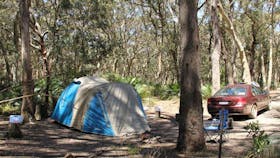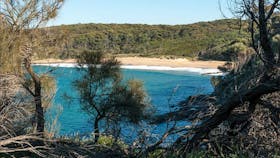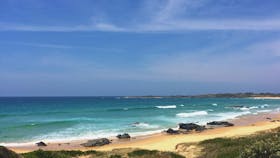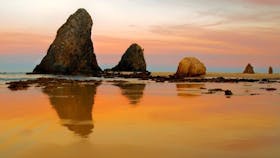-large.jpg)
Details
Eurobodalla is home to a world-class gallery of amazing formations and folds of sandstone, siltstone, shale, granite and basalt

The sculpted sandstone cliffs, which are the exposed southern edge of the 280 million year old Sydney Basin, are a unique treat at Wasp Head




With spectacular beach views you will be sure to spot one of the many eastern grey kangaroos basking in the sun.
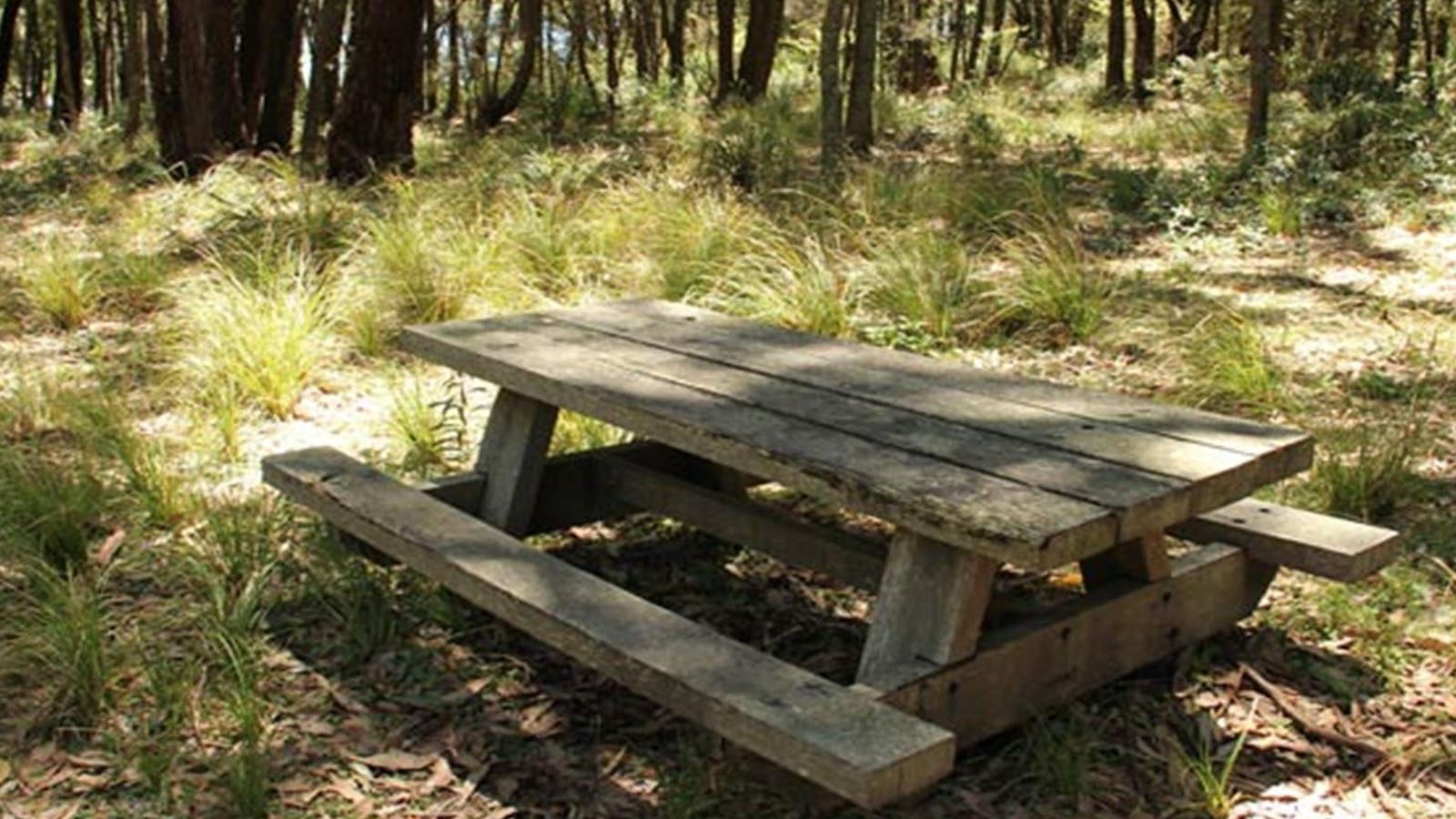

If you enjoy a remote spot for a relaxing lunch, then head to the Wasp Head picnic area near South Durras in Murramarang National Park.


This short, scenic walk in Murramarang National Park, south of Durras Lake, is a delightful easy walk taking in coastal views and golden beaches in
Two worlds collide at Myrtle Beach where the sandstone cliffs of the Sydney Basin come to an end and rise up to meet the Lachlan Fold Belt


Sights & Activities
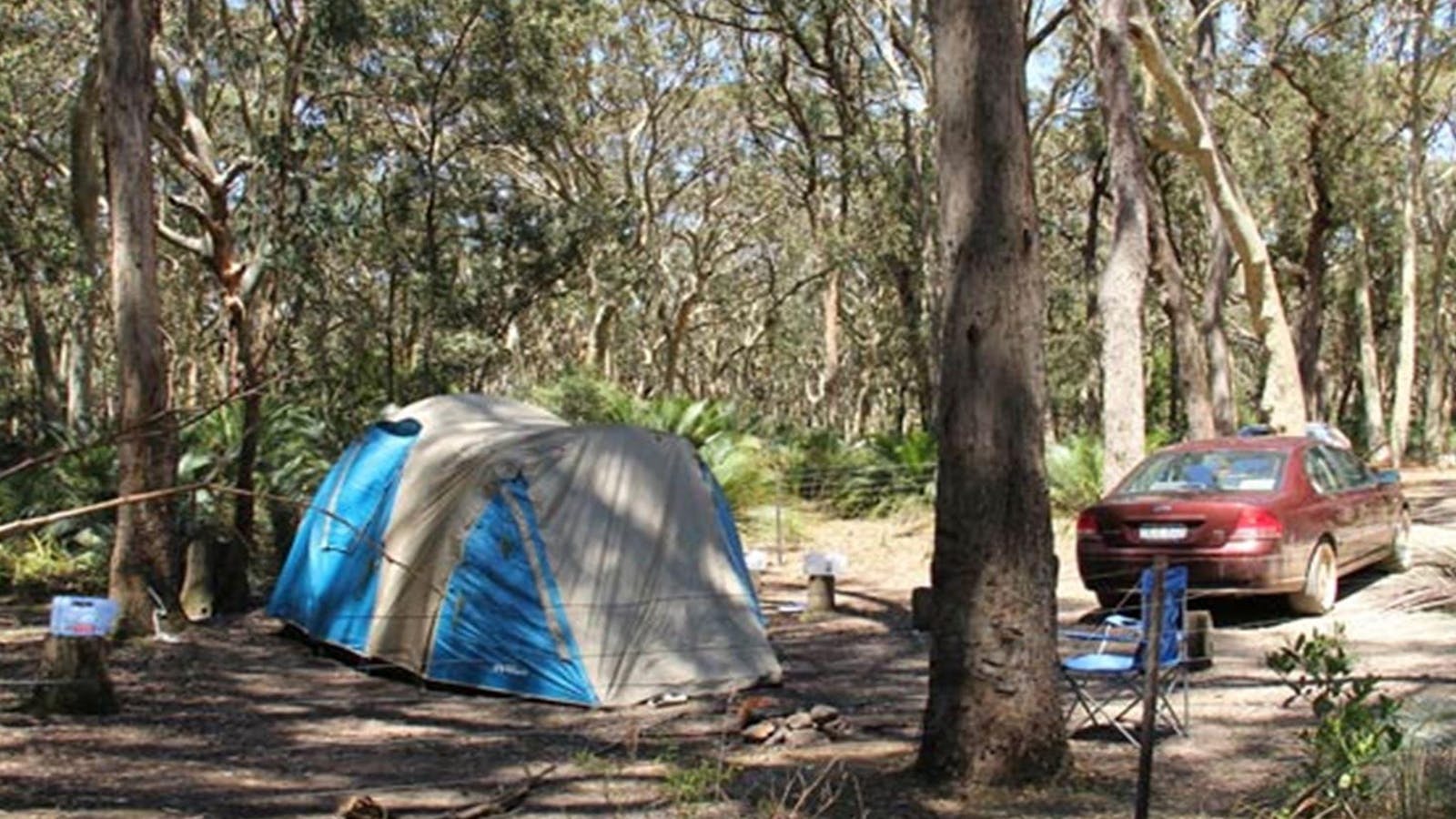

This remote bush camp spot is ideal for the adventurous campers who like to get away from it all. At North Head campground, in Murramarang
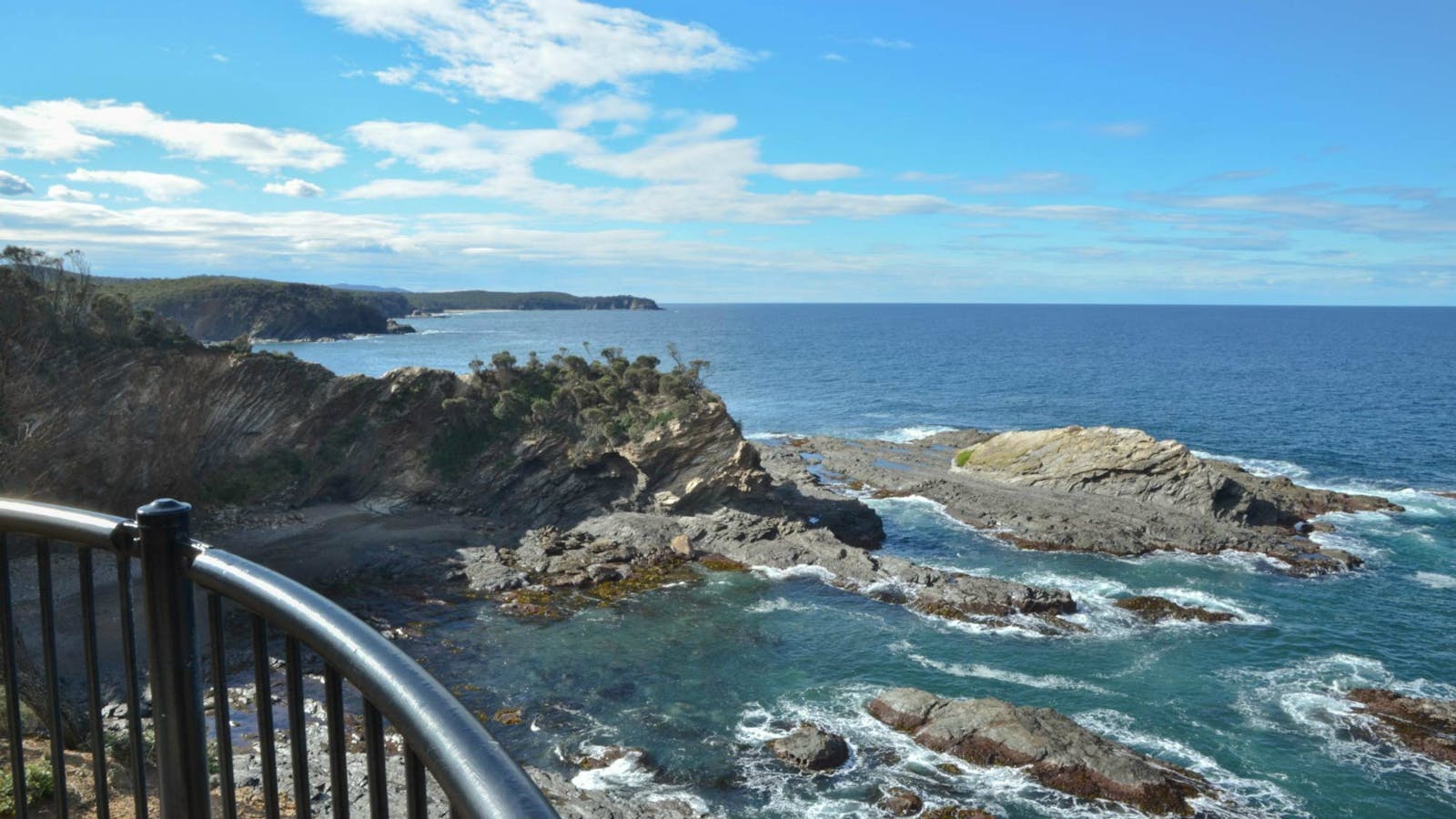

The spectacular cliffs along the Murramarang coastline are on fine display from North Head lookout. After following a well-formed track for 300 metres over gently


Honeysuckle Beach walking track is a great short hike in the southern end of Murramarang National Park, just north of Batemans Bay. It’s an ideal


A great off the beaten track hike, Oaky Beach walking track leads through gums and rainforest to a secluded beach in the southern area of


Get away from it all and escape to this beautiful, isolated beach for the day. Surround yourself with natural bushland and revel in the sounds


Enjoy a relaxing day away on this remote beach in Murramarang National Park, on the South Coast. Dark Beach walking track leads through spotted gum
Guerilla Bay is one of the most hidden, sheltered and picturesque bays in Eurobodalla, and has been formed in some of the oldest rocks.


Sights & Activities
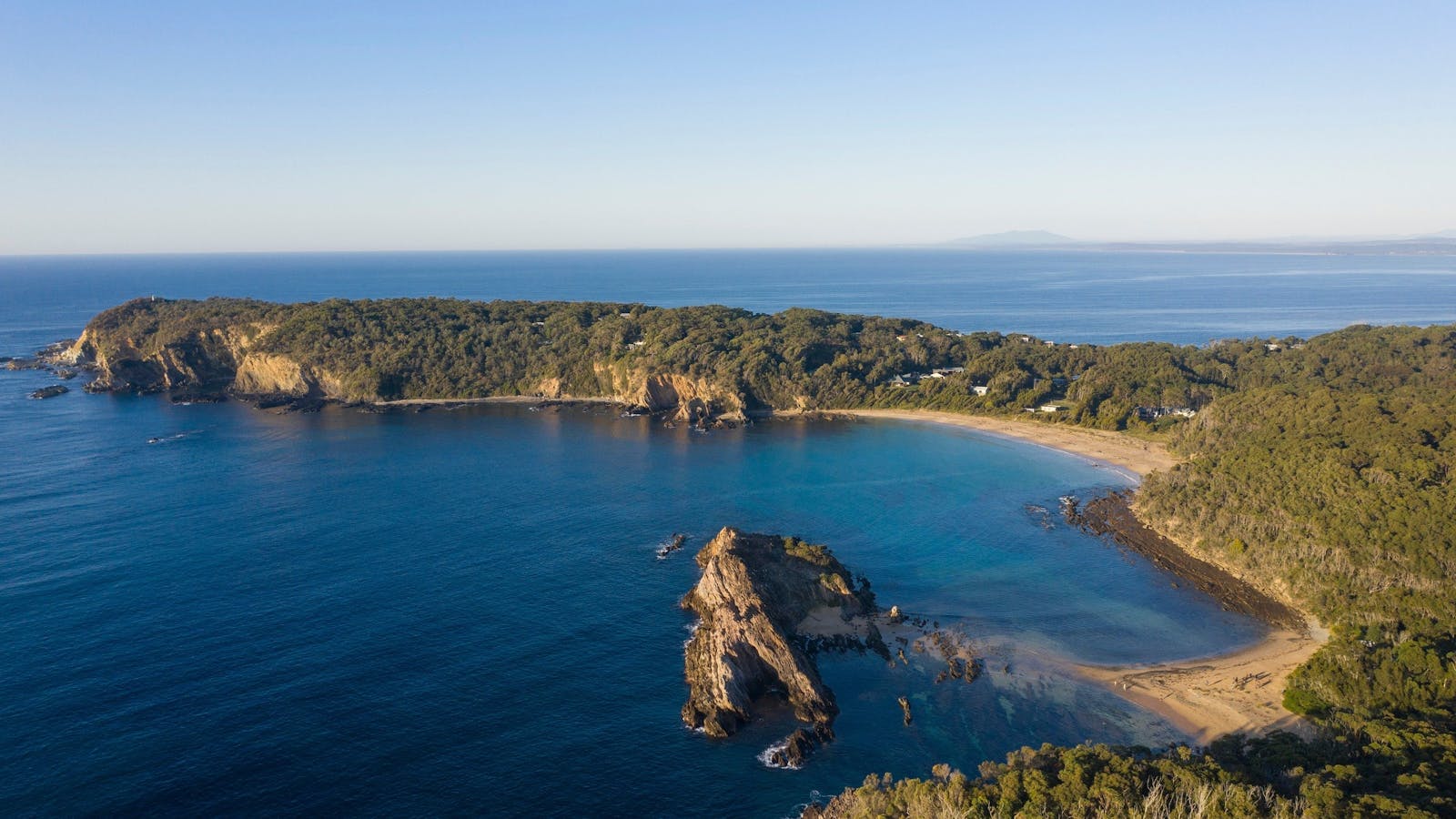

The lookout is a charming 10 minute walk from the carpark on Burri Point


Burrewarra Point has a charming walk through a mature banksia forest with views of the coast and hinterland.
Sparkling limestone in the mountains of the Deua National Park.

Sights & Activities


The beautiful and remote campground of Bendethera Valley is the ideal place for a relaxing break, as well as a great base for cavers.

A site of intense interest to geologists and their students because of the prolific and spectacular display of intrusive igneous rocks.




Follow in the footsteps of the Brinja-Yuin people as you walk the Bingi Dreaming track.
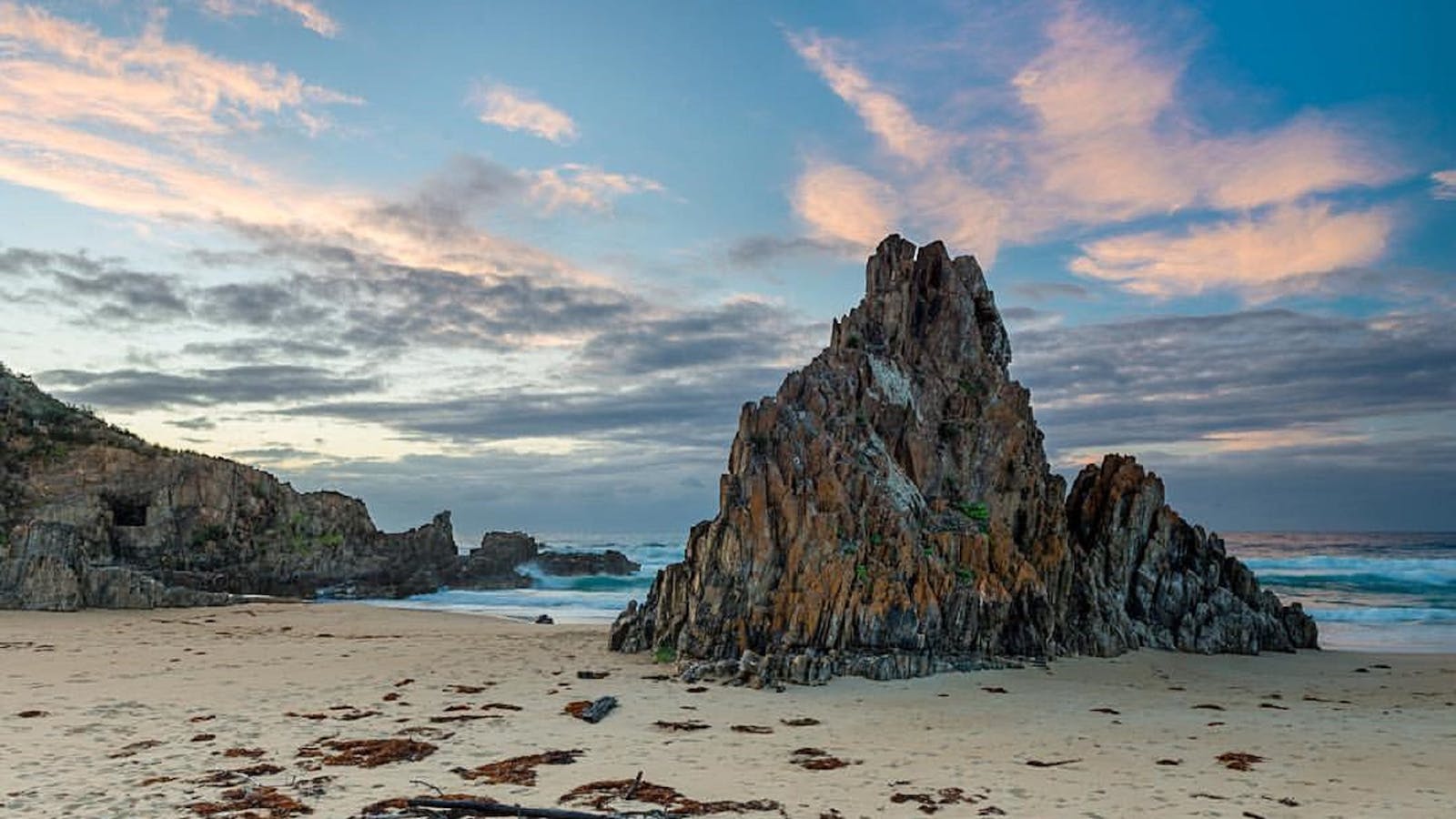

An excellent photo opportunity with the best time being in late afternoon light when the setting sun gives the rocks an incandescent-like glow.


Hidden away from the water are evidence of shell middens, stone working areas and quarries providing strong links to Aboriginal culture.
Montague Island, 9km offshore from Narooma, is of interest to not only geologists, but lighthouse historians, nature lovers and eco-tourists


Sights & Activities


Montague Island Nature Reserve is home to hundreds of seals and more than 90 bird species. Enjoy a stay in a heritage lighthouse keeper’s cottage.
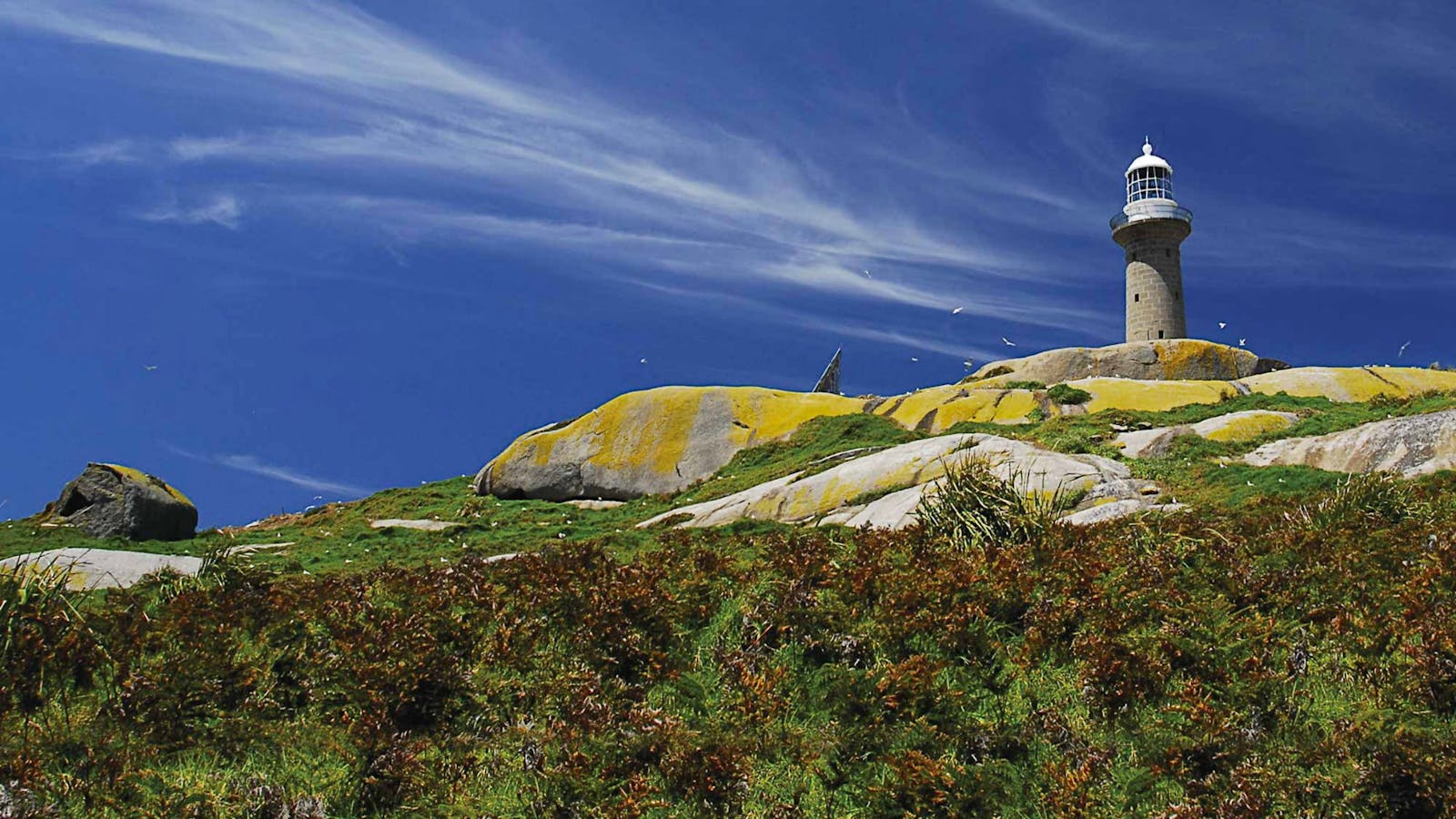

Montague Island Lighthouse is the perfect place to get in touch with history while seeing dramatic views, amazing birds and marine wildlife. Let your inner
Glasshouse Rocks are possibly the most photographed rocks along the Eurobodalla coastline.


Sights & Activities
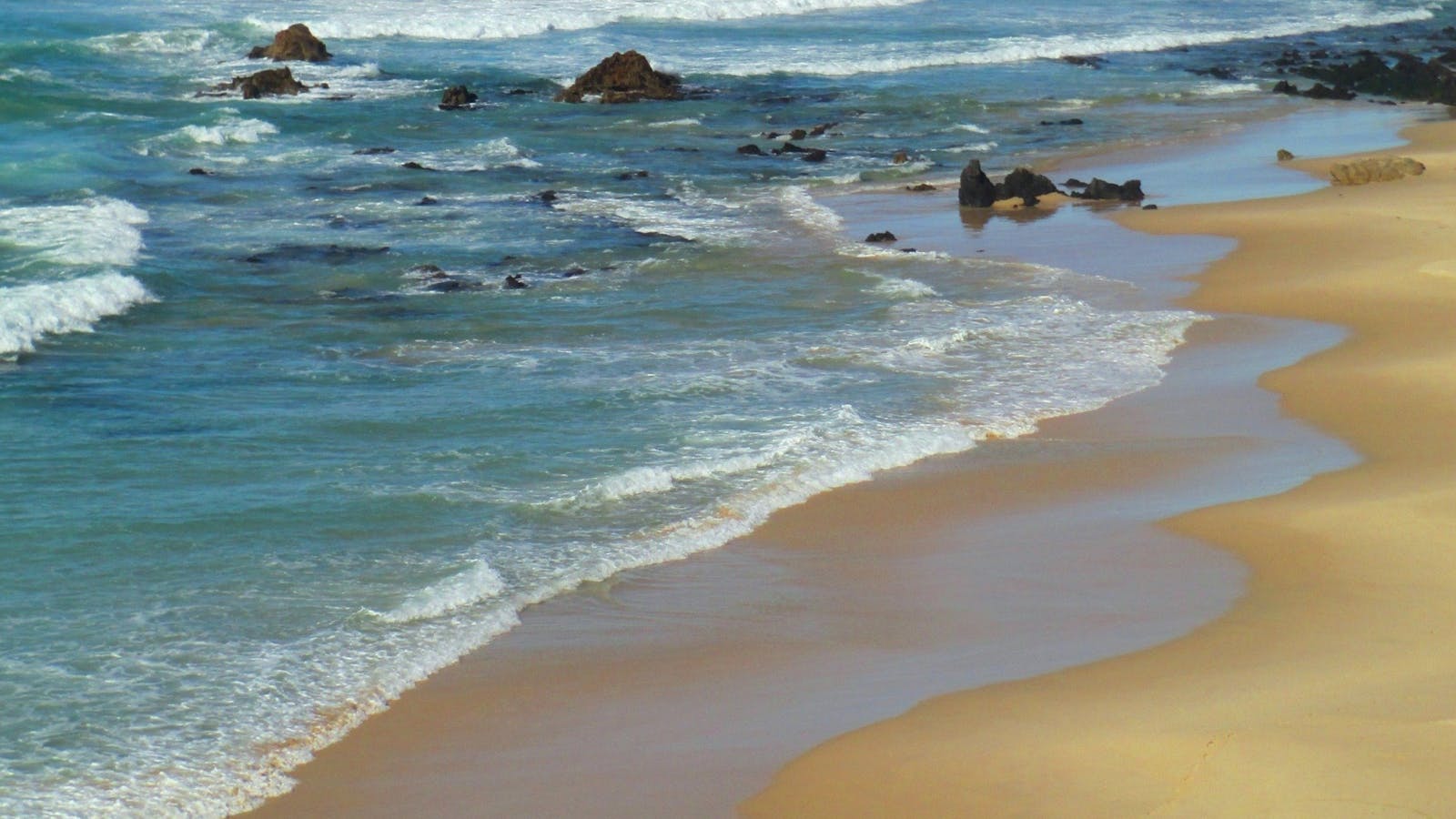

Only minutes from the centre of Narooma, this picturesque beach looks out to Montague Island.
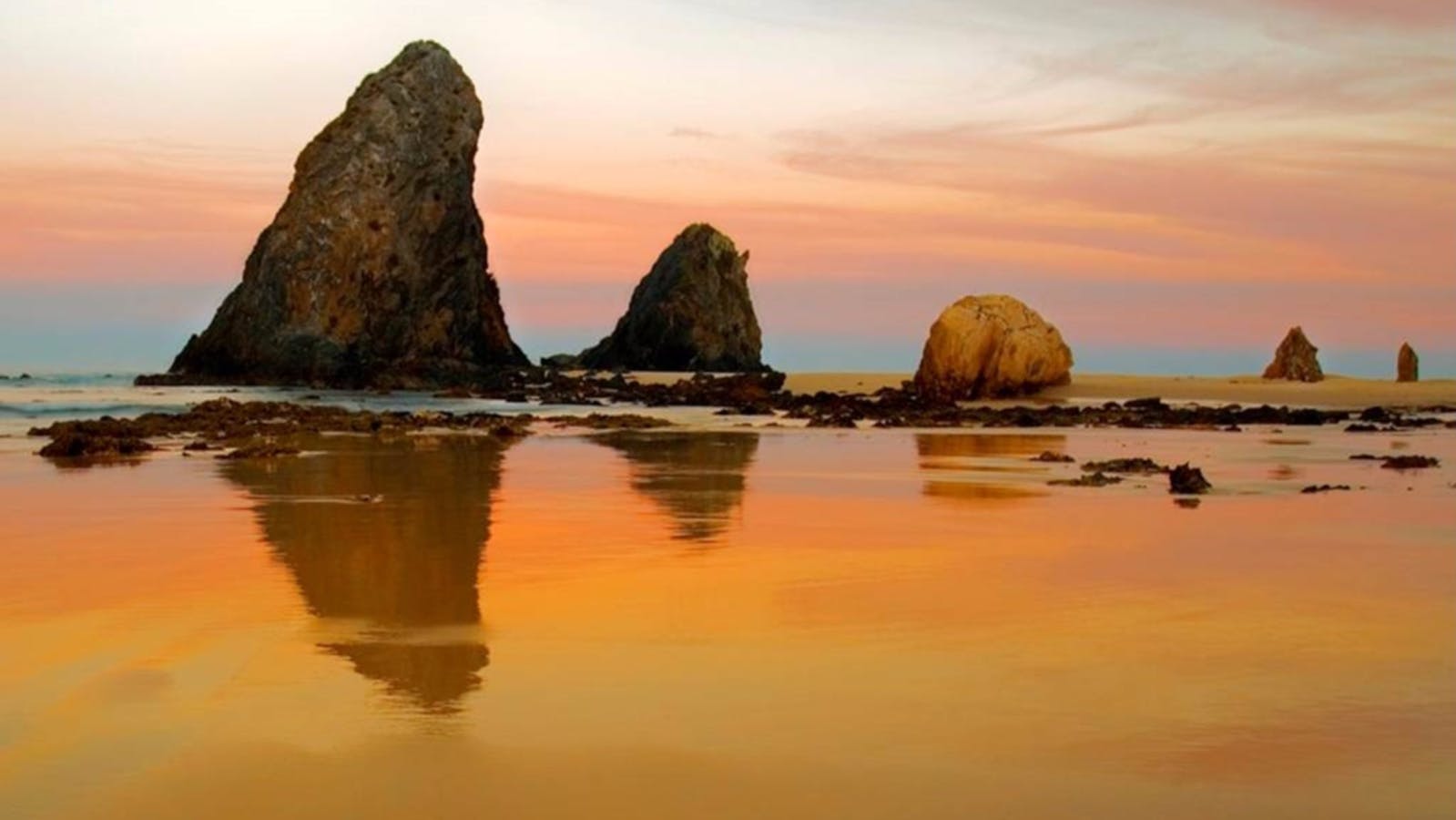

Surf Beach, Narooma has two amazing sites of ancient geological significance and beauty at either end of the sandy beach.
The disappearance of government geologist, Lamont Young, his assistant and three other men in 1880 remains an unsolved mystery to this day.


Sights & Activities
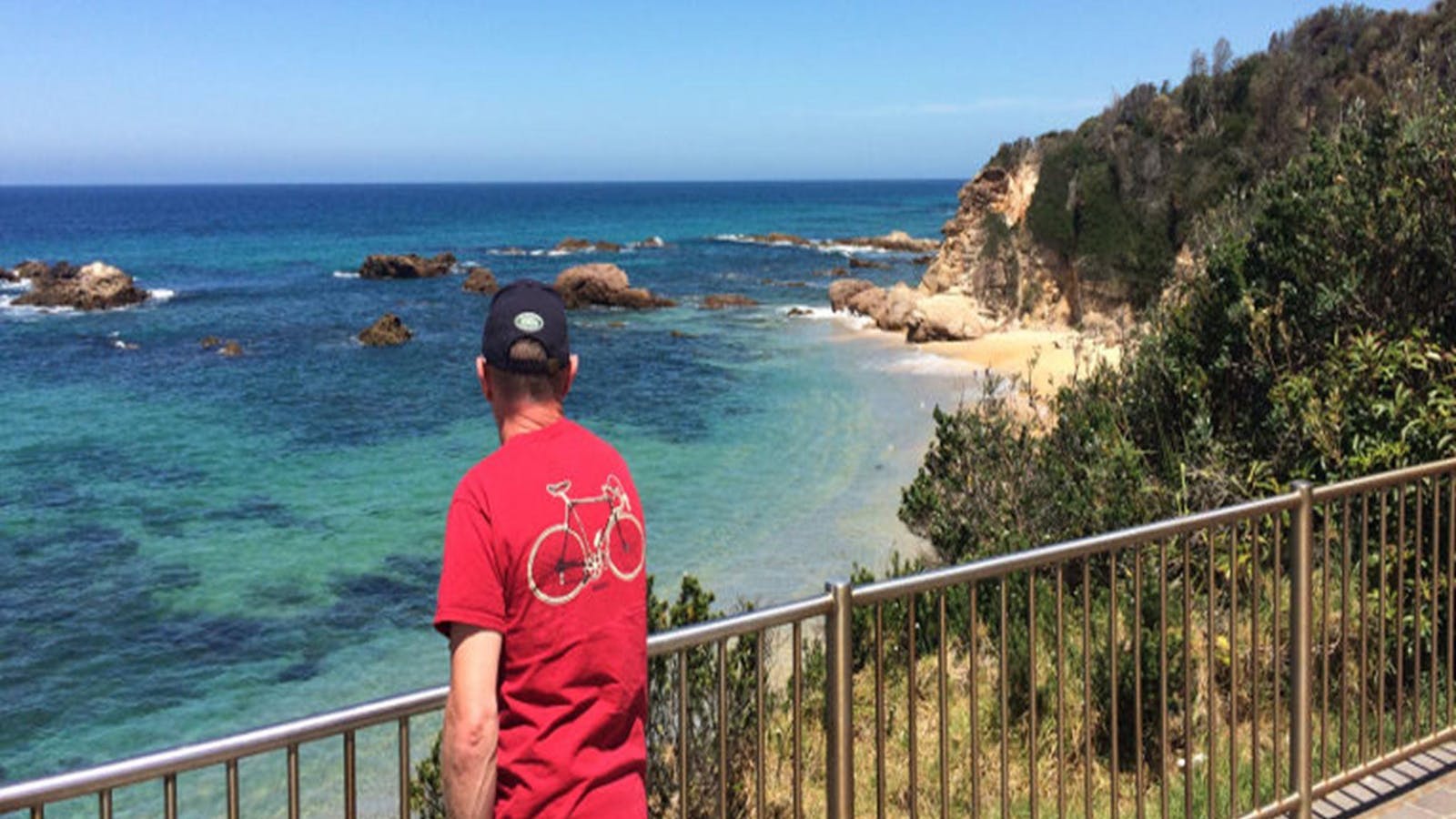

Mystery Bay lookout is in the most southern part of Eurobodalla National Park not far from the picturesque hamlet of Mystery Bay. The lookout offers


A ten minute stroll from the entrance to Eurobodalla National Park will find you at Pooles Beach.


A scenic track takes you on a loop from Mystery Bay, through the camping ground, and to the historic Velodrome.
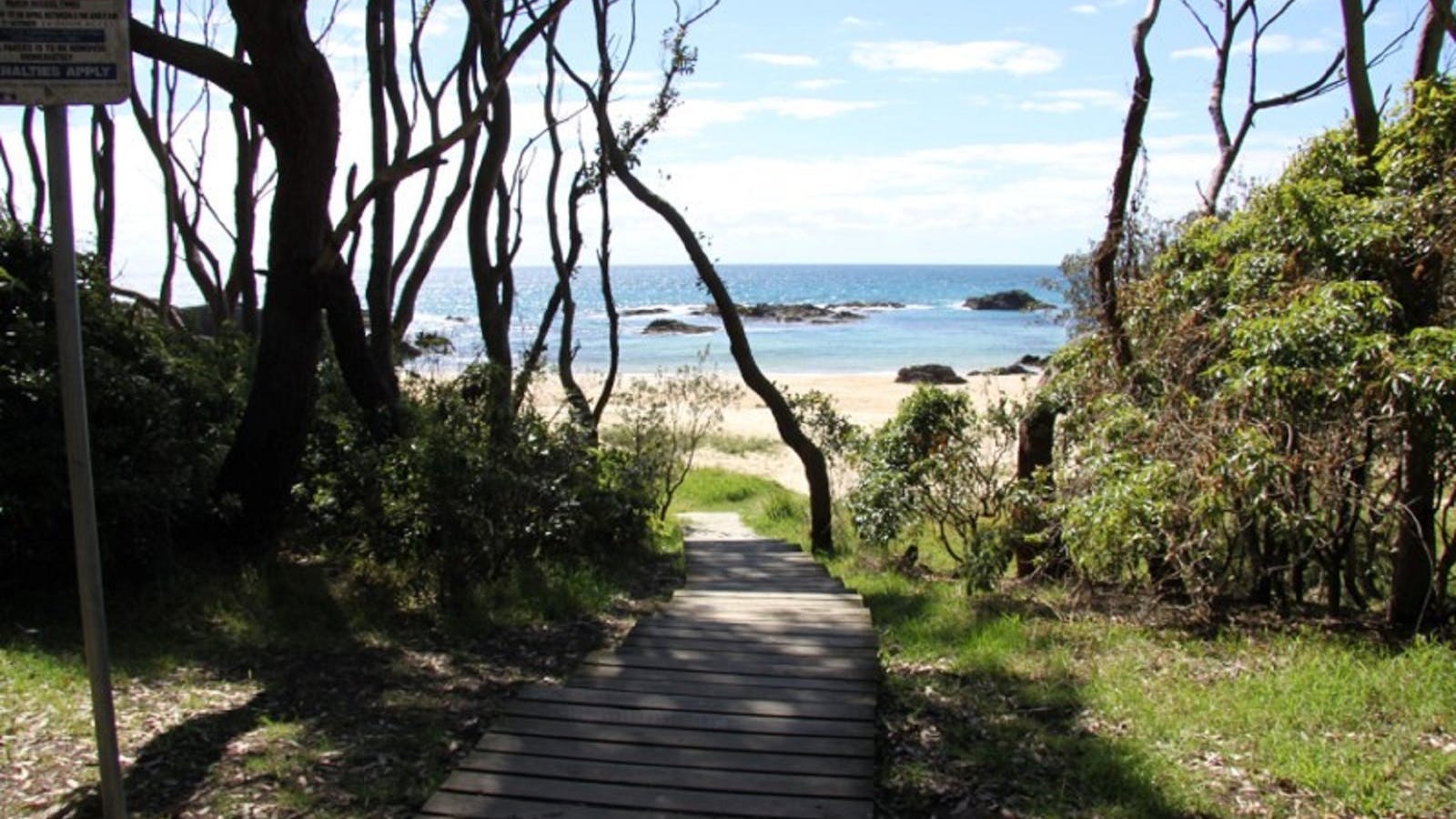

Mystery Bay campground fronts the ocean and is one of the few natural camping areas remaining on the New South Wales South Coast.
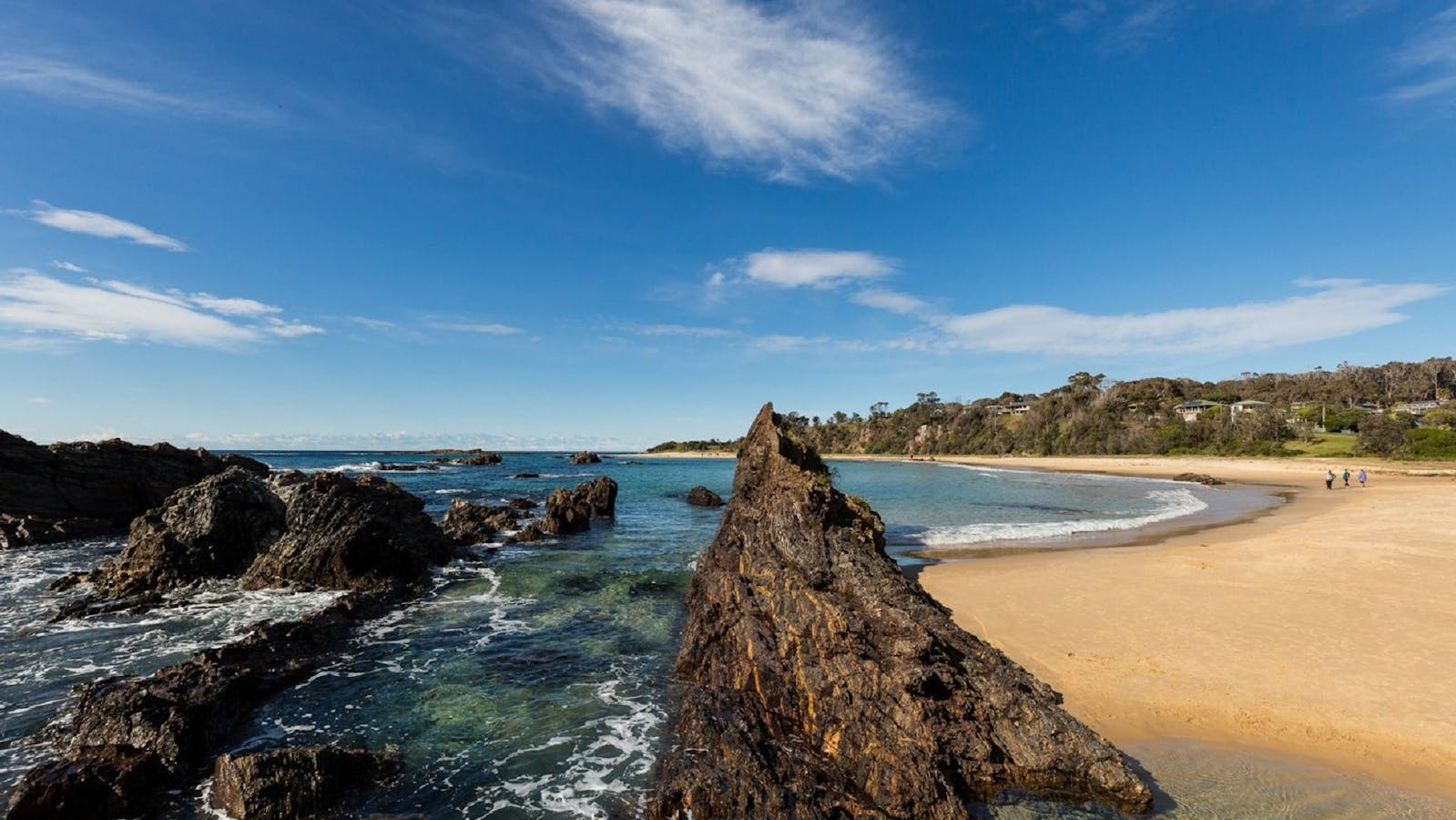

From Mystery Bay camping area follow the bush track north to Billy's Beach, an important Aboriginal site and great for families.
The magnificent granite tors at the summit of Gulaga are of great spiritual and cultural significance to the Yuin Aboriginal people.
.jpg)

Sights & Activities


A scenic 2km walk around the foothills of Gulaga (Mount Dromedary). Start the walk at the end of Station Street, which runs off Bate Street
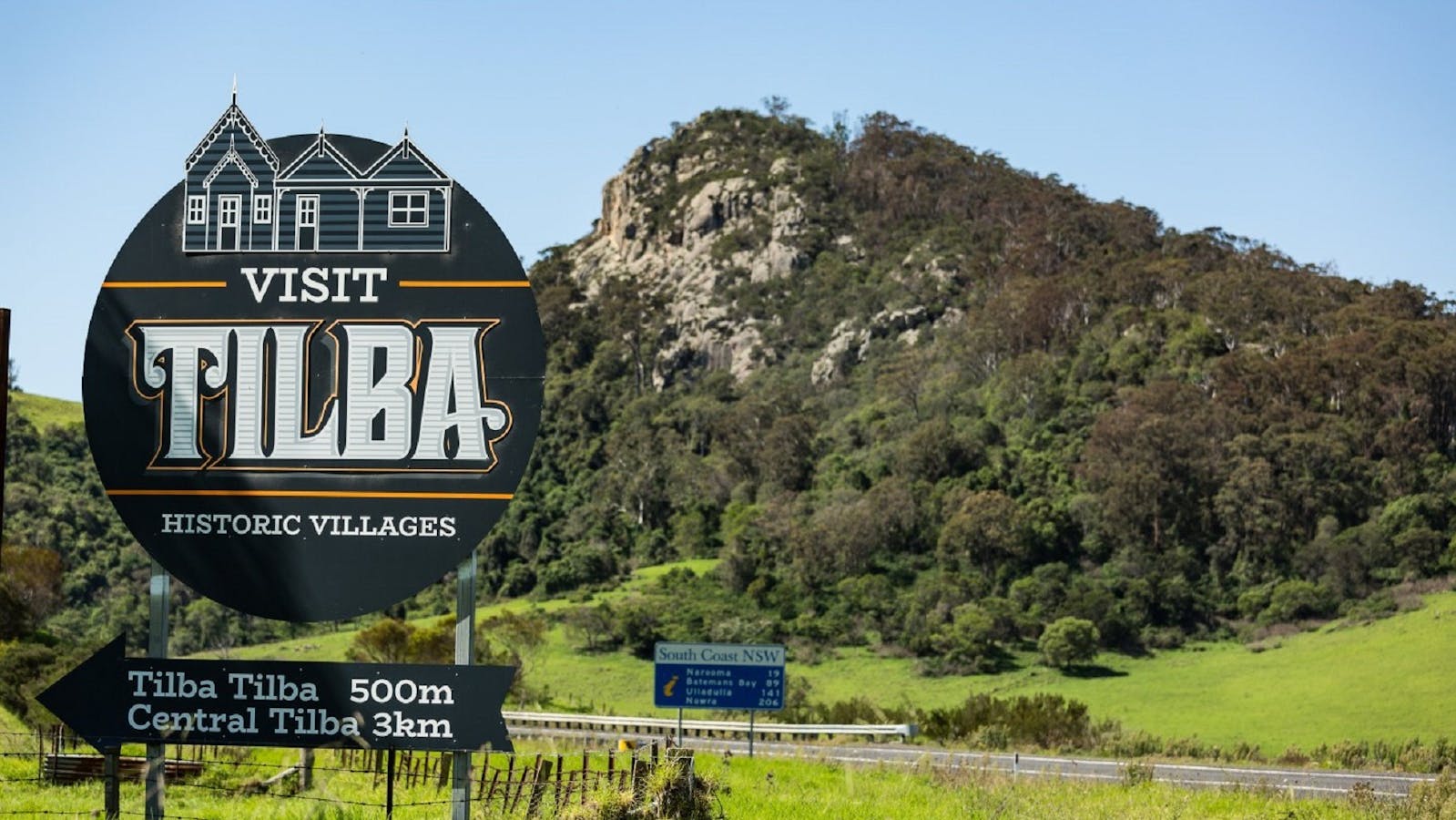

The drive begins at the village of Tilba Tilba. Here you can visit the wonderful Foxglove Spire Gardens and specialty shops.


The Tilba Conservation Area was listed by the National Trust in 1974. Gulaga, formerly Mt Dromedary, is sacred to the people of the Yuin nation.


Gulaga National Park was created in January 2001. It covers an area of 4673ha. Gulaga (Mount Dromedary) and the surrounding landscape have great spiritual significance
Using QR Codes
Open your Camera App or download a QR reader
Point your camera at the QR Code which will launch the correct app
Access websites and features such as maps and directions
Optional Downloads
GPX File
For use in apps such as GPS Navigation and wearable devices
KML File
For use in offline mapping products, such as maps.me and Google Maps
PDF File
A link to this document
Build your own itineraries
Alpaca provides a way for you to build your own itineraries. Visit https://alpaca.travel
Terms of Service and Attribution
Copyright Alpaca.travel, Mapbox.com and OpenStreetMaps
openstreetmaps.com.
Terms of Service
https://alpaca.travel/terms



